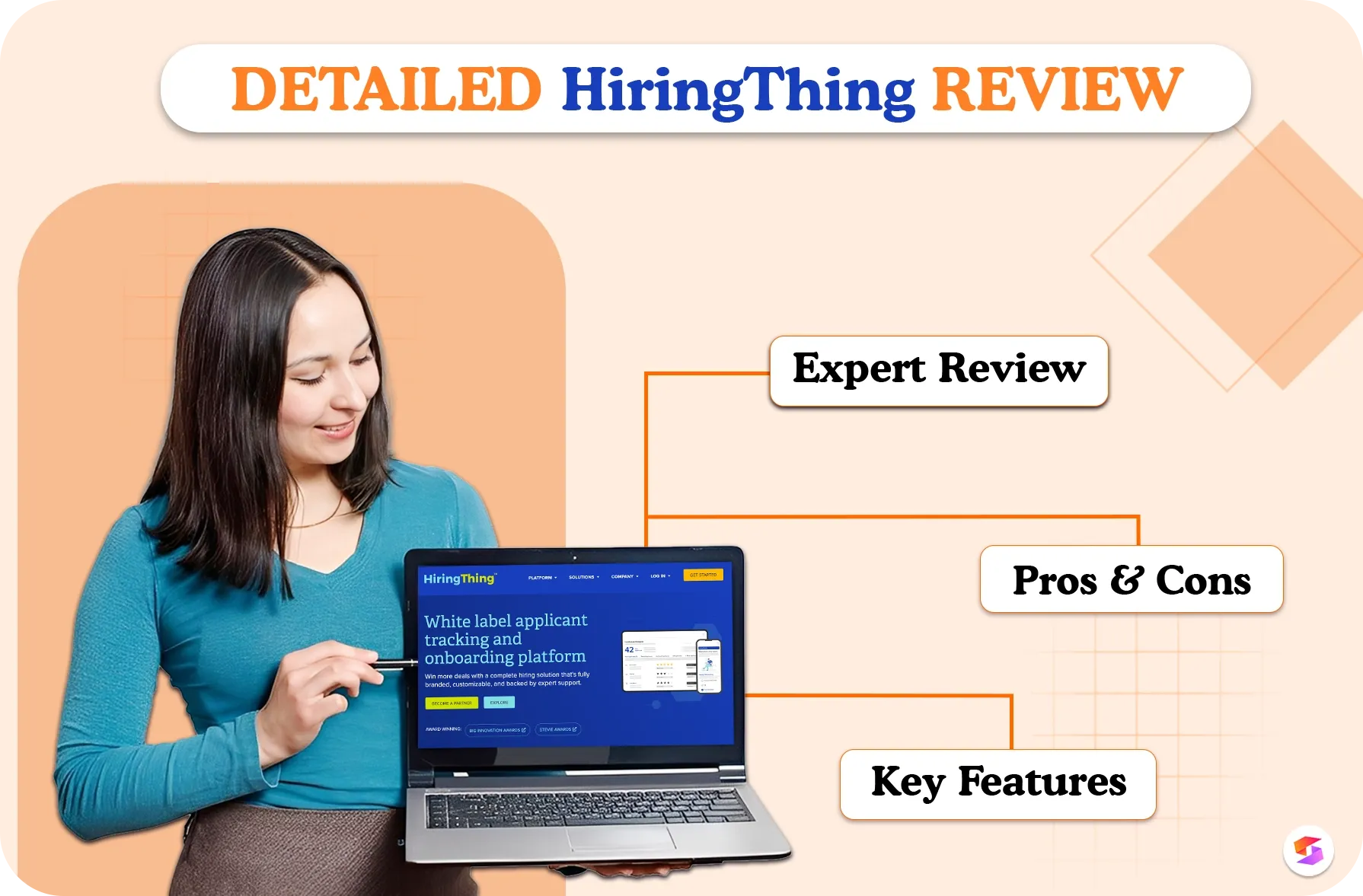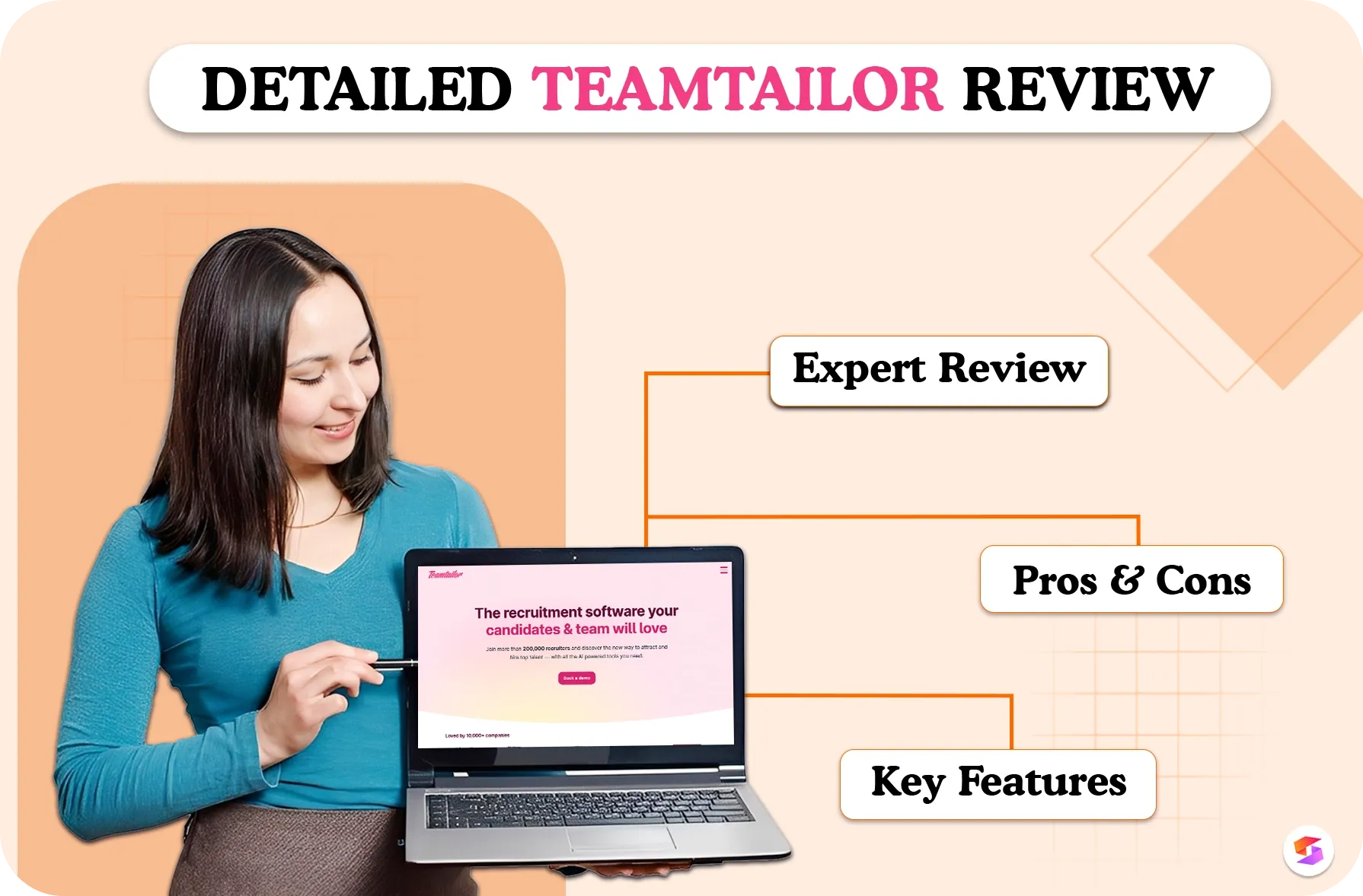Strategic Human Resource Management (SHRM) is becoming an essential component of successful organisations in today's diversifying global job market. As businesses face complex issues like global competitiveness, technological upheavals, and changing worker dynamics, HR is no longer just an administrative job; it is a strategic partnership in driving innovation and development. By integrating SHRM into your hiring processes, you can make sure that your human resources procedures are in line with your organization's larger objectives, which in turn can help you build a culture of resilience and excellence.
Here we take a look at five essential tactics that can help HR experts and company executives master Strategic Human Resource Management. Organizations can fully use their human capital in today's complicated business goals climate by following these tactics, which include cultivating a culture of agility and adaptation and using data-driven insights for informed decision-making. Let's take a gander on this path to see how Strategic Human Resource Management can streamline hiring & workforce management for you.
What Is Strategic Human Resource Management?
The integration of an organization's people resources with its long-term plans and objectives is known as strategic HRM. Managing employee human resources strategically aims to do the following:
- Promote adaptability, creativity, and a competitive edge.
- Build an organization's culture that is suitable for its goals.
- Boost company efficiency.
Effective strategic human resource management relies on HR serving as an integral strategic partner in the development and execution of business policies. Several HR processes, including recruiting, training, and compensation, can be a part of strategic HR.
A key component of strategic human resource management is identifying opportunities for HR to contribute to the expansion of a business. In order to fulfil the demands of the company's long-term objectives, HR professionals must take a strategic approach to staff development and retention. Human resources problems are complex and multi-faceted, making it hard for business owners to see the forest for the trees and make the type of poor choices that hurt both their company and the people in it. Thus, practising SHRM is an absolute mandate regardless of the company size.
5 Ways to Master Strategic Human Resource Management
Optimizing human resources in an organization requires a solid grasp of Strategic Human Resource Management (SHRM). For HR activities experts and company heads to successfully traverse the intricacies of today's labor dynamics and achieve long-term success, we've laid down five essential tactics.
1.Asses current company needs
Get things rolling by taking stock of how the HR department is doing right now. Several components, including HR policies and procedures, performance management systems, employee engagement efforts, training and development programs, and recruiting processes, should be included in this review.
To understand how workers perceive HR processes, company culture, and improvement opportunities, conduct surveys, focus groups, or have one-on-one conversations with them. In order to grasp the practical realities and pinpoint problems that may not be obvious via more conventional evaluation techniques, employee input is priceless.
Evaluate the degree to which HR projects contribute to the achievement of overarching business objectives. Check for inconsistencies or misalignments between HR goals and those of the business, and try to bring HR strategic planning in line with the company's overall purpose, vision, and values.
2. Forecast Future Needs
To begin, collect and analyze pertinent data on the demographics of the workforce, the rate of turnover, skill shortages, and past patterns. Human resources experts can see trends and more precisely predict future talent needs by combining internal HR data with external market knowledge.
Factors such as anticipated company growth, entry into new markets, technical developments, and changes in industry rules might inform the use of predictive modeling tools to foretell the need for talent in the future. The HR department may use these forecasts to plan forward for the future by determining which positions and abilities will be in great demand and what strategic human resource management involves.
Make sure important jobs and leadership stay in the family by creating solid succession plans for strategic human resources. Locate personnel with great potential and put them through talent development programs so they may become leaders in the future. To ensure a seamless transition during leadership changes and to lessen the impact of sudden departures, succession planning is essential.
To find out what your present staff is missing in terms of competences and abilities that will help you reach your goals, you should do a skills gap analysis. Human resource experts may successfully upskill their staff by comparing current skill sets with future demands and then designing focused training and development programs to close the gap.
To be ready for everything, it's a good idea to think about several possible outcomes and situations. Human resource professionals may build resilience in the face of uncertainty by taking a forward-looking attitude and creating flexible plans that can be altered depending on changing conditions.
3. Find & Automate Tasks
Start by cataloguing the HR operations that are tedious and time-consuming, such as reviewing resumes, finding candidates, and communicating with them initially. Automating these processes would greatly improve efficiency because of the large amount of repetitive activities they often include.
Make use of recruiting technologies like AI recruiting tools to automate certain parts of the hiring process. Machine learning algorithms power these systems, which sift through applications, pair applicants with open positions, and screen potential hires using set criteria. Human resource plan professionals may streamline and standardise the hiring process while saving time and money by automating these procedures.
From advertising available positions to extending offers, ATS systems make it easy for HR departments to monitor and control the whole hiring process. Distribution of job postings, applicant monitoring, and communication management are just a few of the administrative functions that these platforms perform. Further, the human resources departments can enhance their recruiting methods and enrich candidate experience with the help of data and analytics provided by the right applicant tracking systems (ATS).
Make sure new recruits have a uniform and easy experience by automating onboarding activities. New recruit paperwork, training materials, and introductions to important team members may all be handled digitally using onboarding tools. Human resources managers may streamline the onboarding process, lessen administrative workloads, and boost engagement and retention rates among new hires by automating these tasks.
4. Implement HR Strategy
Maintain tight alignment between HR initiatives and the organization's overarching goals and objectives. Work together with upper management and other important players to learn about the company's goals and how HR can help reach them. The effectiveness of strategic HR management initiatives can be enhanced when they are in line with the overarching goals of the company.
Create plans to entice and hire the best people, making sure they fit in with the company's values and objectives. Developing strategic HR branding campaigns, using focused recruiting methods, and making use of new sourcing approaches are all possible steps in this direction. Human resource managers may help create a high-performing team by concentrating on hiring people with the right mix of experience, education, and character traits to propel their company forward.
Create all-encompassing talent development initiatives and put them into action to help workers reach their full potential. Providing mentoring and coaching services, making professional progression options available, and holding training and development events are all examples of what may fall under this category. Organizations may increase engagement and retention rates via investing in employee development and promoting a growth mindset among workers.
To assess employees' work, provide them constructive criticism, and establish clear expectations, you need a solid performance management system. Set up key performance indicators (KPIs) and performance measures that mesh with the organization's guiding principles, and then utilize that data to pinpoint where you excel and where you may use some work. Human resources experts may promote responsibility and high performance by tying employee output to company goals.
Facilitate organizational change by assessing preparedness for change, mentoring leaders, and assisting with communication. Human resources experts are crucial in change management because they assist workers through changes, help them overcome opposition, and train them to operate differently. Organizations may capitalize on shifts in the market and drive innovation and expansion by cultivating a culture of nimbleness and resilience.
Implement a system of regular data analysis, feedback loops, and performance assessments to determine how well HR plans and initiatives are working. Make the necessary adjustments to overall business strategy and methods once you've identified areas that may need some enhancement. Companies can keep up with the changing demands of their businesses and remain ahead of the competitive advantage by regularly reviewing and enhancing their HR processes.
5. Monitor and Analyze
The success of HR plans and programs may be evaluated with the use of a set of KPIs. Performance evaluation outcomes, staff engagement ratings, training and development participation rates, time-to-fill vacancies, and employee turnover rates are all examples of possible key performance indicators. Maintain consistent tracking and analysis of these indicators to evaluate progress towards corporate objectives and pinpoint opportunities for improvement.
Get useful insights out of HR data by using data analytics tools and approaches. Find the causes of employee engagement, performance, and retention by analyzing data for trends, patterns, and correlations. Data analytics allow human resources workers to make better choices, foresee changes in the workforce, and maximize the effectiveness of HR programs.
Set up channels for workers, managers, and other interested parties to provide input on HR policies and programs. Gather input from employees on topics including HR service perception, program efficacy, and overall happiness via surveys, focus groups, and individual interviews. Make data-driven choices based on this input to improve the employee experience and identify areas for improvement.
Adopt a growth mindset in human resources by analyzing and enhancing HR procedures on a frequent basis. The HR department should be encouraged to think outside the box, try new things, and take the lessons learned from their mistakes and triumphs personally. Human resources professionals may better meet the evolving demands of their companies and increase their long-term worth by encouraging a mindset of constant development and learning.
Keep top management and important stakeholders informed of HR performance via frequent reports and updates. Highlight the value that HR offers to the company by clearly and compellingly communicating results, insights, and recommendations. Organizations may gain trust and confidence in HR's capacity to produce outcomes by displaying accountability and openness in HR reporting.
FAQs
Why is assessing current company HR needs important?
Performing a requirements assessment enables HR professionals to pinpoint the organization's HR operations' strengths, limitations, and opportunities for growth.
What methods does HR have for anticipating future requirements?
To properly estimate future personnel requirements, strategic hr plan may analyse workforce statistics, industry trends, and predictive modelling approaches.
To what extent does HR make use of automation?
With the use of artificial intelligence (AI) recruitment technologies and applicant tracking systems (ATS), HR processes including resume screening, candidate sourcing, and early candidate contacts have been greatly simplified.
Just how crucial is it to put an HR strategy into action?
Adherence to company goals, efficient personnel acquisition, development, and retention, and long-term success are all outcomes of a well-executed HR strategy.
How can human resources track and evaluate productivity?
Key performance indicators, data analytics, benchmarking, feedback systems, and continuous improvement programs are all ways that HR may keep an eye on performance.
How can strategic HR management help your company?
A more agile organization, one with a culture of excellence, higher employee engagement and retention rates, and ultimately, a more successful company are all results of strategic human resource management.



